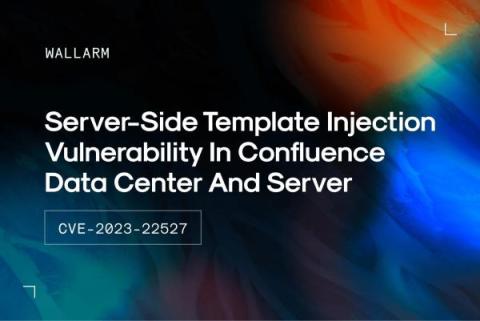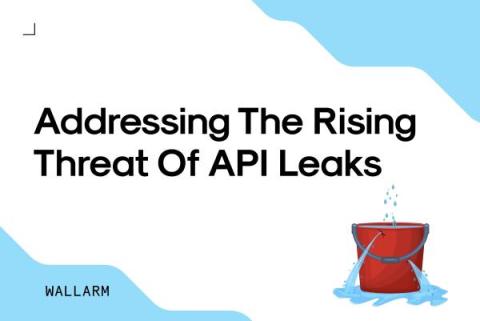Security | Threat Detection | Cyberattacks | DevSecOps | Compliance
Latest Posts
Stopping Credential Stuffing Attacks: We Need to Do Better
Server-Side Template Injection Vulnerability in Confluence Data Center and Server (CVE-2023-22527)
Introducing the Wallarm 2024 API ThreatStatsTM Report
Wallarm Named a Leader in GigaOm Radar for API Security
I am thrilled to share that Wallarm, has been named a leader in the GigaOm Radar for API Security! We would like to share insights from the recent GigaOm 2023 API Security Radar report, particularly shining a spotlight on our Advanced API Security solution.
Addressing the Rising Threat of API Leaks
In the realm of cybersecurity, the metaphor of "Leaky Buckets" has become an increasingly prevalent concern, particularly in the context of API security. This term encapsulates the hidden vulnerabilities and exposures in API infrastructures that many organizations struggle to identify and address. The digital era has amplified these challenges, with APIs becoming central to the operational fabric of numerous enterprises.
CISO: Top 10 Trends for 2024
I recently hosted and moderated a distinguished panel of Chief Information Security Officers (CISOs) - Nitin Raina, CISO at ThoughtWorks, Mike Wilkes, former CISO at Marvel and Yogesh Badwe, CSO at Druva. We discussed major trends for 2024 across an array of topics including the evolving threat landscape, recent regulations, data privacy considerations, securing product and critical infrastructure.
Bolstering API Security: Introducing Wallarm's API Attack Surface Management (AASM)
In the fast-paced digital world, think of Application Programming Interfaces (APIs) as the threads that stitch together the fabric of our tech ecosystems. They're often overlooked, quietly ensuring that your apps communicate seamlessly and keep the digital world running smoothly. The majority of organizations grapple with a common challenge — limited visibility into their public API attack surfaces.
Wallarm to Unveil New API Security Solution and Strategic Shift at Black Hat Europe 2023
If you're involved with cybersecurity and are based in Europe, then Black Hat Europe 2023 in London, December 6 and 7 is a must-attend event. Wallarm, the experts in API and Application Security, will be attending the event, and we're excited to connect with you. If you are planning to attend, come by our booth or feel free to schedule a slot to meet with our API and App Security experts.
Unpacking the Zimbra Cross-Site Scripting Vulnerability (CVE-2023-37580)
On November 16, 2023, a significant security concern was published by Google's Threat Analysis Group (TAG). They revealed an alarming vulnerability in Zimbra Collaboration, a widely-used email hosting tool for organizations. This vulnerability, designated with an identifier, CVE-2023-37580, is a glaring example of a reflected cross-site scripting (XSS) issue. It allows malicious scripts to be injected into unsuspecting users' browsers through a deceptively simple method: clicking on a harmful link.











